We set up a 86 FRS BRZ dyno day out here in Chicagoland to see if all that money we blew on our cars was worth it – spoiler alert: needs improvement! It’s all well and good blowing all your money on parts, but you should really know what you’re working with and if all that money was worth spending. They dyno is also a good indicator of some potential problems if expectations are off, and more than a few of us came away with some to-dos.
We held the dyno day at SpeeDriven in Palatine, IL. First, a note on some of our numbers and graphs; the numbers on the white board are taken during the dyno day, and represent the best numbers from 3 runs. The SAE smoothing was set on 5. I have the original WinPEP 8 files from the Dynojet 224x. It seems smoothing is often done from 3 to 5; the data is noisier but the numbers are higher for 3. A value of 3 may be best for posting a high number, although I care less about high numbers and more about real usable power and peer comparisons, so 5 seems best to use. The peak board:

The dyno pulls were done in 4th gear with the long hold traction control off. The shop works on a lot of really high powered benzes (750, 1000+ hp) – and we had 23 cars to run through. I’m not sure if these factored in to why, but our dynos were typically the higher rev range. The data is also noisier when plotted by RPM, so I’ll be switching to speed for some graphs. Note the axis is also not 0 based, so that we can more clearly see the difference between runs. I may not graph the peak run for a car if another run graphs more cleanly.

This is all good for us track day bros – as track driving is all 4000+ RPMs. However we unfortunately miss a lot of daily driving in this range, including the infamous torque dip everyone seeks to eliminate. Flywheel dyno comparing 2016 to 2017 showing the dip below.
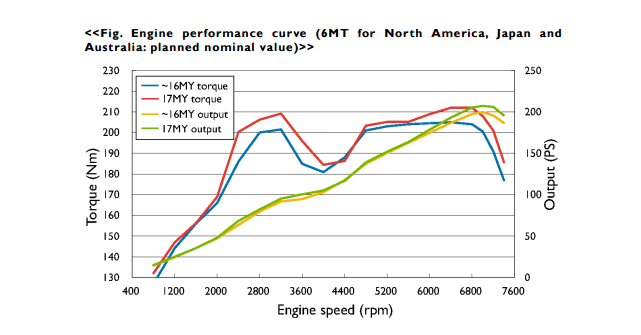
How does this compare to our dyno results? Let’s take a look at some of the cars compared this day. We tried to do similar cars pretty back to back as well.
2013 MY vs. 2017 MY

Interestingly enough, Chris’s older model on these runs was putting up better numbers. I’ll switch all graphs to speed on the y-axis now. Can we learn anything including the air/fuel ratio? Chris also does have some slight mods; an axle back exhaust. I am skeptical this does anything power wise, and think the primary factors for power are 1. tune, 2. header, 3. catayltic converter restriction.

Eric does have more power up top, as shown in the ’16 vs ’17 graph. The tune does seem to be quite different in that Chris’s tune is much leaner. Once crossed over to the point that Eric’s is leaner, he starts producing more power. Chris’s also grows very rich up top.
What is the A/FR? It’s the Air/Fuel Ratio. 14.7:1 is considered stoichiometric, which is what is considered to be a complete combustion event. More parts air results in a higher number or leaner event. Less parts air results in a lower number and richer mixture. It seems to be the ideal mixture for power for naturally aspirated engines is a bit richer, from 12.8 to 13.2. The reference number plotted by the dashed line is 13.2. Too rich and you are wasting fuel and losing power. Per this thread, stoichiometric 100% gasoline is 14.7, e10 would be 14.13, and e85 9.85. I do not know what ratio for 91/93/e85 that OFT or EcuTek or their tuners are shooting for on our cars. Also I’m totally unfamiliar with lambda, which is apparently a value used to… do something, but one of the results seems to be that its different values map e85 back to a measured stoichiometric that is more in range with gasoline above (?) – updates to this article as any tuners educate me!
Something pretty important to note here: we can clearly spend a lot of money on this car for what are truly pretty modest changes in power (particularly here on the top end) – and the tune plays a huge role in how well the installed parts provide any gains. The exact same car can have very different results based on the quality of the tune. The brunt of which for ours are off the shelf maps.
Catalytic Converters vs. No Cats
The vast majority of cars with aftermarket exhausts have no cats. We don’t have any direct comparisons here, but we do have a couple. Nathan’s car has a Top Speed EL header and he has both cats – in green. Adrian also has OFT and 93 but has the JDL UEL with no cat, in blue.

Their air/fuel looks similar but interestingly enough, Nathan has more power everywhere. My guess is going to be that this is a result of the tune. We can throw Tym in here, in red – he has an OpenFlash Header (OFH) with a 93 tune – also no cats. I know he’s gone back and forth with a remote tune a bit – he’s also changed his final drive so he’s going to look quite a bit different here anyway; to combat that wonkiness I’ll switch back to an RPM graph.

My takeaway from this is that Nathan’s tune looks great for his car. Do these tunes have more room up top for improvement? Adrian has a high quality header – however his tune looks like it could be much improved. Also interesting how much more lean Tym’s car is at points.
Next we have an e85 example, myself (Mike) in blue, with a JDL EL header, both cats, and a Delicious EcuTek tune. John has a 1320 UEL, no cats, and an OFT e85 tune (green).

John had the highest naturally aspirated numbers of the day, and is crushing mine for sure. Mine also are really quite close to Julian’s (more below, in the potential problems? area.) I’m wondering if my cats are being restrictive, and there’s some potential to believe this. Also interesting are the extremely drastically different AFR numbers – I have no idea what conclusion to draw from this as I currently write this. I do think given my mods, my own dyno was disappointing.
Single Cat
Artie is the only one with a single cat – the header is the most restrictive one. Artie has no header cat, but kept one in his front pipe. How does he does he (green) do against Nathan (blue, both cats) and Tym (red, no cats) – all on OFT 93?

Artie’s tune looks great. It doesn’t look he’s suffering at all for having a front pipe cat. Considering the benefits for emissions, volume, and smell – I would recommend not running a cat in the header, but running one in the front pipe.
OFT vs. EcuTek
Given some of the variance above, I’m not sure whose dynos to compare for this one. I’ve chosen to do Tym’s and James. In reality, the tunes can be very different as we’ve already seen, and I wouldn’t say one is better than the other strictly mapping some fuel for a naturally aspirated tune. If going flex fuel, the EcuTek solution is very mature however, and if any forced induction is used, EcuTek is the way to go. The most interesting part to me about this graph is how lean James’ tune appears.

91 vs. 93
Scott lives up in Wisconsin by cheese, farm girls, and 91 octane fuel. Didn’t look like it kept him from shredding any tires, he’s missing out on some power though! Stock 86 comparison. Chris on 93 in blue, Scott on 91 in green.

93 vs. e85
There’s simply no doubt that the best bang for the buck is easily OFT running an e85 tune. Here’s Julian in red, no mods at all but OFT e85, and Chris on an OEM 93 setup in blue. Area under the curve graphed.

I’m not sure if we can trust these AUC (Area Under Curve) calculations, but if so, it looks like Julian has 12.6% more than Chris. Whatever it is – Julian is certainly going to be pulling on Chris when they’re both flat out. Area should be ignored in the AFR graph – Julian’s AFR looks pretty great to me. Arguably my own is quite rich based on these other e85 dynos? Bang for the buck, nothing is going to beat this mod.
Supercharged 86 vs. Turbocharged 86
Kyle’s pulls were done in 5th instead of 4th like everyone else, and his AFRs look pretty rich. He had some engine problems not much long after the dyno day and is currently having his motor rebuilt. Jourden has the Jackson Racing supercharger kit with the c38 blower while Jon has the c30; I’m not sure which pulley or how much boost either is using, I suppose one blower vs. the other may not matter if not on a built engine and looking at some regular horsepower levels. Nonetheless, Jourden appeared to have a boost leak. We can still plot what Jesse’s turbo (orange) looks like vs. Jon’s supercharged 86 (red) on 93.

Unfortunately we don’t have the lower RPMs, which would be an interesting area to compare these two. The turbo is clearly more built. Jon’s car is much more powerful than anything else posted above on this page, although Jesse’s is such a monster that that fact is lost looking at the graph. Does Jon have room for improvement by leaning out his tune? Seems like it to me? Both cars posted their best numbers on the first run, and heat already took it’s toll on the next two.
86 vs. S2000
The S2000 really is a pretty amazing platform. The car handles great and rocks its way around a race track. I thought we’d have some naturally aspirated 86s that matched it – although the AP1 that Anton brought put down some strong numbers. As I recall it had an AP2 header and no tune. Results vs. John, the strongest n/a 86, on e85:

The 86 is looking better at the lower end of the range and probably in the daily driving below the graph, but then…

actual pic of Anton
Once the VTEC kicks in, it’s all over and the S2000 is just running away from the 86.
Potential / Problems Discovered
Not only is it good to use the dyno to see what you’re making – but it’s also a good way to see what you’re not making when expecting better numbers. We discovered Jourden had some kind of boost leak. The Focus ST with all the mods would have been really interesting to plot vs. Anton’s stock Focus ST – however the modded one was on a 93 tune while having e85 in the tank. The RX8 had blown cats creating major blockage.
My own dyno was disappointing to me vs. John’s, and in how little it differed from Julian’s OEM OFT e85 car. This isn’t my best run, although it’s the only one I have torque available. Horsepower improved on other runs although it did not appear torque did at the time of the runs. My car is in blue and Julian’s in red.

Julian is definitely more lean than me. He has more power than me most of the time as well. I’m wondering if I may have some cat blockage; I had an audible change a couple years ago on track going down a straight, but my exhaust is so loud still I mostly ignored it and wonder if anything really happened. I’m also a frequent flyer on the BRZ coil pack issue, and it would seem that if the coils are misfiring, it’s possible that unspent fuel is being dumped out into the header, which is pretty damaging to a cat. I think everyone I know who gets these codes on track keeps driving the rest of their track day on them – but maybe this creates problems if you’ve still got cats, particularly the one in the header. I have a silencer which I run on the street, and when I remove it there’s often some little filaments of some kind of metal. My only guess is that it is some kind of cat material.
The exhaust hasn’t been off the car yet to see what the condition of the cats are. Either way I believe the header cat is restrictive. I have a catted PLM front pipe and overpipe; the overpipe rattles, and as PLM is a discount brand, I’m guessing the cat is not nearly as high flow and quality as the JDL one. I got a good deal on a new JDL high flow catted front pipe and overpipe combo. I’m interested to see what my current cats look like and my plan is to remove the header one and go to a full JDL system with a single high flow cat – and hopefully see some solid improvements on my next dyno.
UPDATE: My cat was in fact compromised, a follow up and a new dyno are available in a new 86 FRS BRZ dyno article.
Some Conclusions
My takeaways are this, for a naturally aspirated 86 / FRS / BRZ:
- The best return on investment is OFT with an e85 tune.
- I’d recommend no cat in the header but keeping a cat in the front pipe.
- Your tune probably matters a lot more than your choice of header.
- For track driving… we aren’t seeing the hugest gains on the top here vs. stock stuff even with piles of money thrown at the car. It is quite arguable your limited funds are better spent on seat time rather than mods to make sure you can even properly use the horsepower the car came with in the first place. If you don’t know what to do with 200 you certainly won’t have any more of a clue and be a better driver with 300…
I’m sure I’ll update this as I learn more and some people who are better at reading dynos and tuning cars respond. I don’t know which of these cars might be operating in a more risky zone or which of these cars are leaving power on the table. Comments welcome!


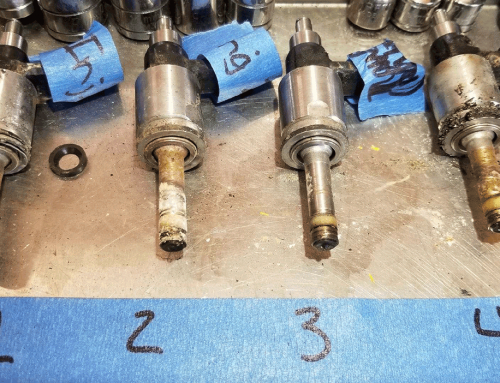
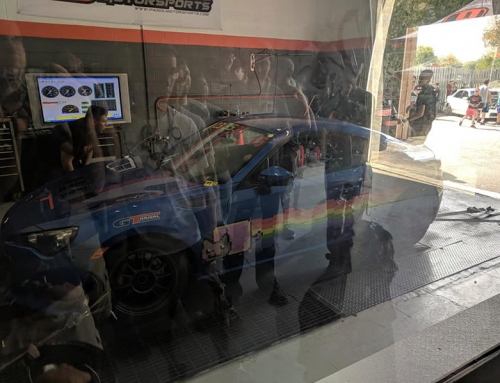
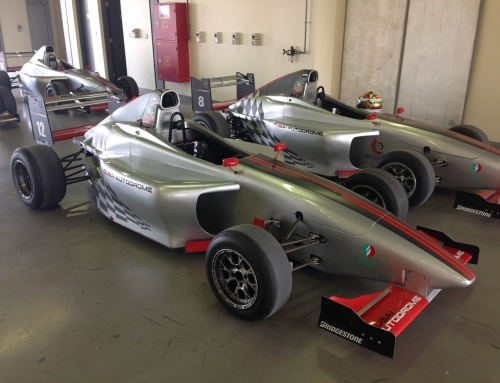
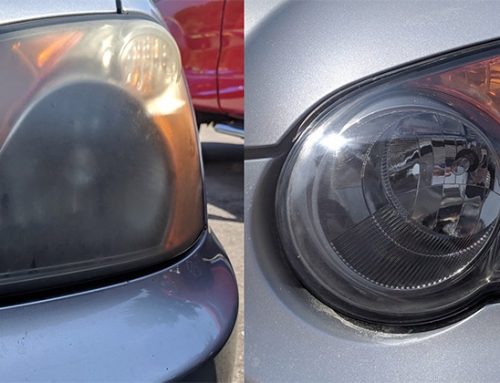
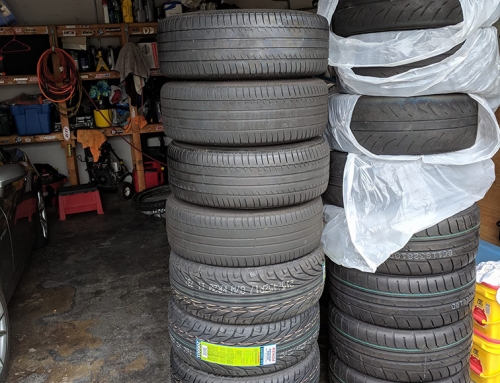
Interesting read.
What strikes me, is how different the AFR is with only one tuned like my car (James @ roughly 13.5:1)
But it really shines some light on the Dollars:HP ratio!
The cost of headers can buy a lot of track time.
i would agree, although my tuner advised me that post-cat AFRs are not very trustworthy. my own was very wonky, due to my cats being quite degraded/clogged – a follow up article i do need to post.
Great article Mike. Thought you were a little backed up. Now you have to get back on the dyno!
i was indeed, should make a new article with the pics of cat all jacked up. looking to do another one of these but earlier in this summer.